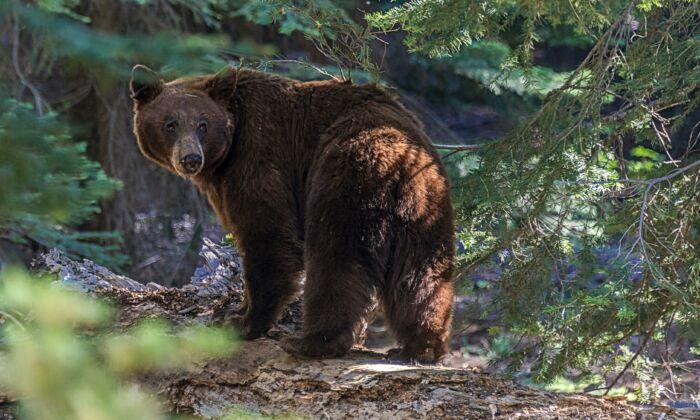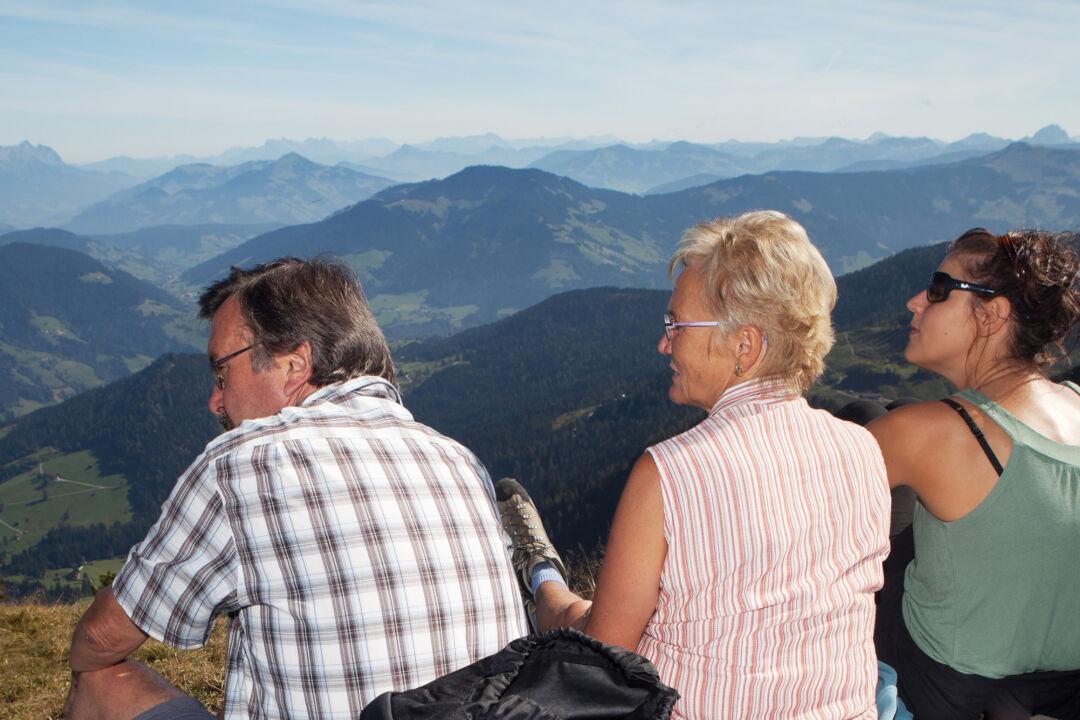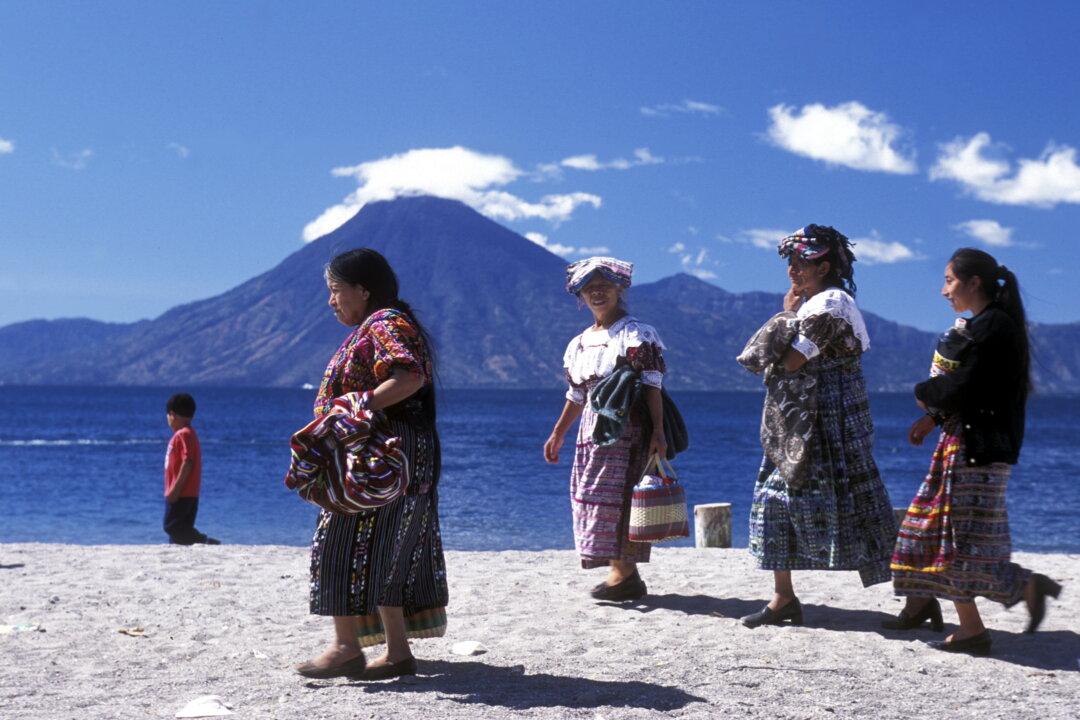By Lynn O’Rourke Hayes
From FamilyTravel.com
If your upcoming travel plans include outdoor adventure, make sure your family’s skills, gear and intel are up to speed. Here are five ideas to consider:
Don’t Let Lightning Strike
According to the National Oceanic and Atmospheric Administration, more than 400 people are struck by lightning each year in the U.S. Teach the kids that “when thunder roars, go indoors.” When planning an activity, have a safety plan and know where you will meet should a storm develop. Watch for darkening skies, flashes of lightning and shifting and strengthening wind patterns. If you hear thunder, even at a distance, it is time to move to a sturdy building or hard-topped metal vehicle with windows closed, advises NOAA. Stay away from tall, isolated trees, utility poles or open areas. Avoid wires and metal fencing. Wait for 30 minutes after the last thunderclap to move outside. If someone is struck by lightning, call 911 and get immediate medical attention.For more: weather.gov/nwr
Learn About Mountain Lions
Mountain lion attacks on people are rare. Yet, recently, interactions have increased. Experts believe the shift is due, in part, to humans moving closer to lion habitat, an increase in deer populations (their prey), and more hikers, bikers and runners sharing trails with lions.If you venture into lion country, experts recommend exploring in groups and making plenty of noise to avoid a surprise. Carry a walking stick and keep children close at all times. Should an encounter occur, do not run. Stay calm. Pick up any children and talk firmly as you slowly back away. Do everything you can to loom large, raising your arms, opening a coat while not blocking a lion’s escape route. If the lion acts aggressively, fight back with rocks, sticks or whatever you can find without getting low or turning your back.
For more: http://www.mountainlion.org/
Snake Smarts
Hiking, climbing and camping in many parts of the country means a snake encounter is possible. Make sure kids know to steer clear of anything that resembles a snake. According to the University of Arizona Poison and Drug Information Center, more than half of those bitten intentionally provoked the snake in some way. Stay on hiking trails and keep hands and feet away from wood and rock piles, deep grass or crevices. Carry a flashlight and wear shoes after dark. “Time is tissue,” experts say. So if a bite does occur, call 911 and seek medical attention immediately.For more: azpoison.com.
Be Bear Aware
Your goal during a hiking, fishing or camping experience is to avoid getting up close and personal with a bear. So while making plans, inquire about recent bear activity at your intended destination. Research shows that bear spray is effective, so have yours at the ready and know how to use it. Travel in groups of three or more and sing, tell stories or take turns shouting “Hey, bear!” to let wild creatures know you are in the area. Hike during daylight hours, stay on trails and avoid berry patches and animal carcasses. Look for signs of bear activity including scat, tracks or overturned rocks. When camping, keep your tent and spaces clean and free of odors. (Remind the kids that stashing candy bars in sleeping bags could result in unintended consequences.) Don’t sleep in clothes worn to cook. Be sure to hang food and trash away from sleeping areas or in bear-proof containers. When visiting National Parks, take note of the ranger’s reminders about maintaining a proper distance from wild animals.For more: NPS.gov/Yell; https://grizzlyctr.givecloud.co
Stay Warm and Dry
Whether you get caught in a downpour, lost on the trail or stay in the boat too long, getting too cold and too wet is something to avoid. It is helpful to remember the acronym COLD to avoid hypothermia: Cover, Overexertion, Layers and Dry. It’s especially important to keep heads, hands and feet covered. Avoid overexertion that will cause sweating. The combination of wet clothes and cold temperatures will cause the loss of body heat. Dressing in loose-fitting layers, with silk, wool or polypropylene closest to the body, is best for retaining body heat. And, of course, stay dry whenever possible and remove wet clothing at the earliest opportunity. Know that children (and older adults) chill more quickly and need one more layer in the same conditions. Shivering, the body’s natural attempt to warm itself, is a first sign of hypothermia. Bright red, cold skin and a weak cry are the first signs of hypothermia in an infant.Lynn O’Rourke Hayes (LOHayes.com) is an author, family travel expert and enthusiastic explorer. Gather more travel intel on Twitter @lohayes, Facebook, or via FamilyTravel.com
©2022 FamilyTravel.com. Distributed by Tribune Content Agency, LLC.






